
Clearwater is a gem known for its beaches, wildlife, and natural habitats. This scenic beauty, however, is not just a backdrop for leisure and tourism; it represents a vital ecosystem that requires diligent care. In recent years, the environmental challenges—from pollution and climate change to habitat destruction—have mobilized a popular movement.
Let’s explore the inspiring world of citizen conservation in Clearwater, where local residents have taken the lead in protecting and revitalizing their environment.
The State of Clearwater's Natural Resources
Clearwater is renowned for its beaches, animal life, and coastal habitats. These natural treasures are not only the backbone of the local economy, fostering tourism and recreation, but they also serve as critical ecosystems supporting a diverse range of species.
However, Clearwater's natural resources face several significant threats that endanger their survival and the overall environmental integrity of the region. Pollution, primarily in the form of plastic waste and runoff from urban areas, has become a pervasive issue, contaminating waterways and harming marine life.
Climate change poses another formidable challenge, bringing about sea-level rise, increased temperatures, and more frequent extreme weather events that can devastate local habitats. Additionally, urban development and human activities have led to habitat destruction, erosion, and a decrease in biodiversity.
The conservation of natural resources is crucial not only for the environment but also for the well-being and future of Clearwater's community. Addressing these challenges requires a collective effort, encompassing both local governance and the active participation of the community through citizen conservation initiatives.

The Power of Citizen Conservation
Citizen conservation in Clearwater represents a grassroots movement where local residents take an active role in preserving and protecting their natural environment. Unlike traditional conservation efforts led by governmental agencies, citizen conservation is community-driven, relying on the passion, dedication, and actions of individuals and groups within the community.
Globally, citizen conservation efforts have proven to be remarkably effective in achieving significant environmental improvements. From community-led cleanup drives that have revitalized polluted waterways to reforestation projects that have restored thousands of acres of natural habitat, the impact of these initiatives is undeniable. They demonstrate how collective action at the local level can lead to meaningful change, emphasizing the power of community engagement in tackling environmental challenges.
In Clearwater, citizen conservation has become a vital component of the overall strategy to safeguard the area's natural resources. Through initiatives such as beach cleanups, wildlife monitoring programs, and habitat restoration projects, residents are taking a stand against the forces threatening their environment.
Beach Cleanups
In Clearwater, the white sands and crystal-clear waters are not just a source of local pride but also a reflection of the community's commitment to preserving its natural beauty. Beach cleanups have become a cornerstone of citizen conservation efforts, uniting residents with a common purpose: to protect and enhance their coastal environments.
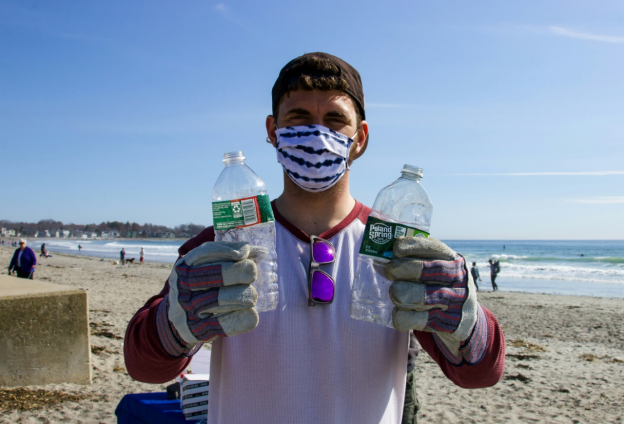
Participants in these cleanups include a diverse cross-section of the community, from school children and college students to retirees and corporate teams. Armed with gloves and trash bags, they scour the beaches for litter, plastics, and other debris that not only mar the landscape's beauty but also pose significant threats to marine life and ecosystems. The removal of this waste prevents it from entering the ocean, where it can cause harm to sea turtles, birds, and other marine species that might ingest it or become entangled.
The impact of these cleanups extends beyond the immediate visual improvements. They serve as powerful educational tools, raising awareness about the consequences of pollution and the importance of sustainable living practices. For many, these events are a transformative experience, sparking a lifelong dedication to environmental stewardship.
Wildlife Monitoring Programs
Another vital aspect of citizen conservation in Clearwater involves the participation of local residents in wildlife monitoring programs. These programs harness the power of citizen scientists, individuals who contribute their time and effort to support scientific research and conservation initiatives.
Through activities such as bird counting, turtle nesting observations, and water quality testing, citizen scientists play a crucial role in gathering data that informs conservation strategies and policy decisions. Wildlife monitoring programs in Clearwater offer an opportunity for residents to engage directly with their natural surroundings, gaining hands-on experience and knowledge about local species and their habitats.
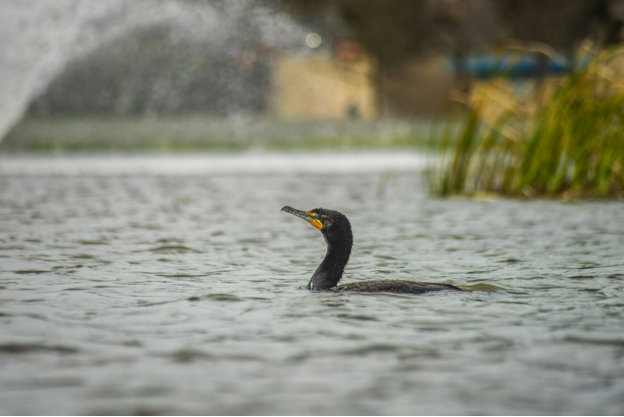
The involvement not only aids in the collection of valuable ecological data but also fosters a deeper understanding and appreciation of the area's biodiversity. For instance, tracking the nesting patterns of sea turtles or the migratory habits of birds allows participants to witness firsthand the wonders of nature, further motivating them to protect these resources.
Habitat Restoration Initiatives
Habitat restoration initiatives in Clearwater represent the community's resolve to mend the environmental damage and ensure the resilience and sustainability of natural landscapes. Projects range from mangrove reforestation and seagrass planting to dune restoration and the removal of invasive species, each tailored to address specific environmental needs and goals.
Mangroves and seagrasses serve as critical components of Clearwater's coastal ecosystem, providing essential services such as erosion control, water filtration, and habitat for a wide array of marine life. Restoration projects often involve community volunteers planting mangrove seedlings and seagrass shoots along shorelines and in estuaries.
Dune restoration is another vital area of focus. Sand dunes play a significant role in protecting coastal areas from erosion and serve as natural barriers against storm surges. The fight against invasive species is another critical aspect of habitat restoration in Clearwater. Non-native plants and animals can have devastating effects on local ecosystems, outcompeting native species and disrupting ecological balance.
We recognize that unexpected challenges like storms and floods can strike at any time. Flood Pros USA is here to offer 24/7 flood cleanup assistance, professional storm damage restoration, and comprehensive water damage repairs in Clearwater.
For professional, reliable, and swift restoration services that stand with you through every step of the recovery process, visit our website to learn more.
Subscribe to Flood Pros USA's Blog

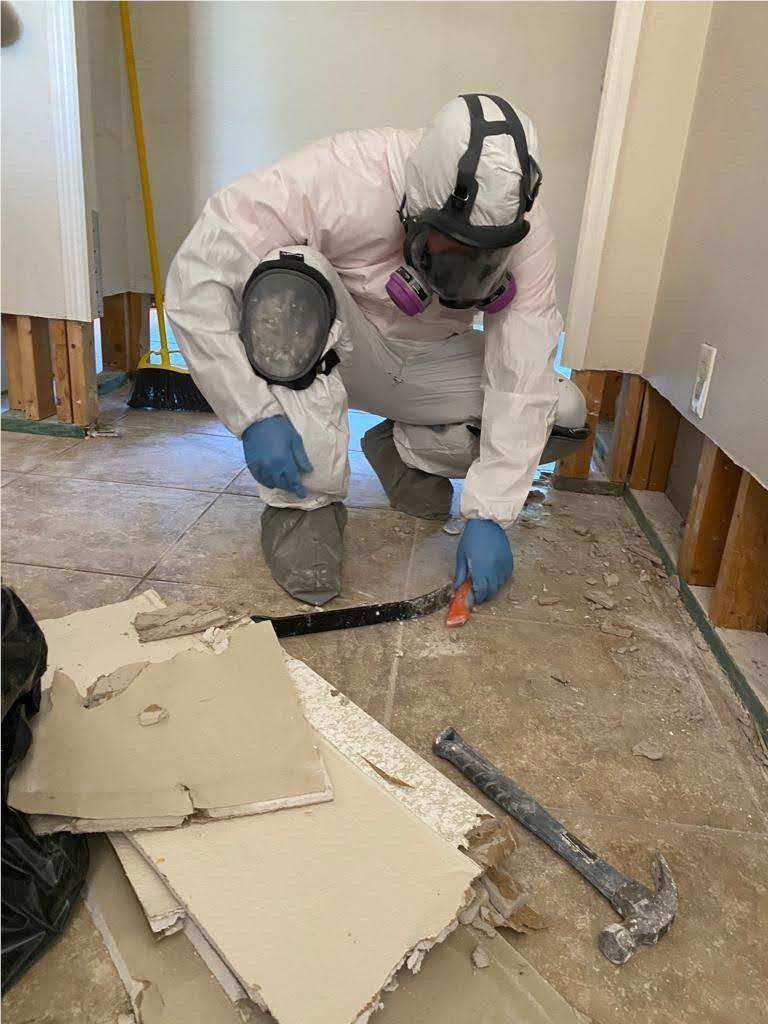

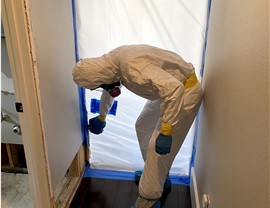
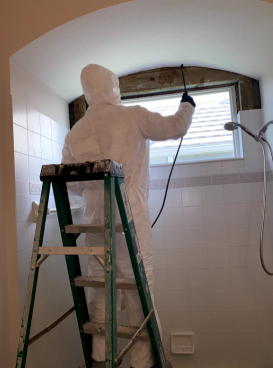
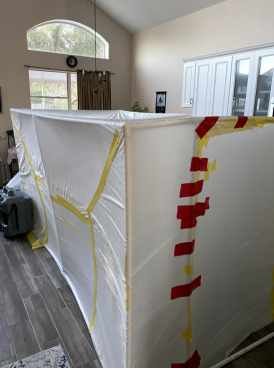

Comments